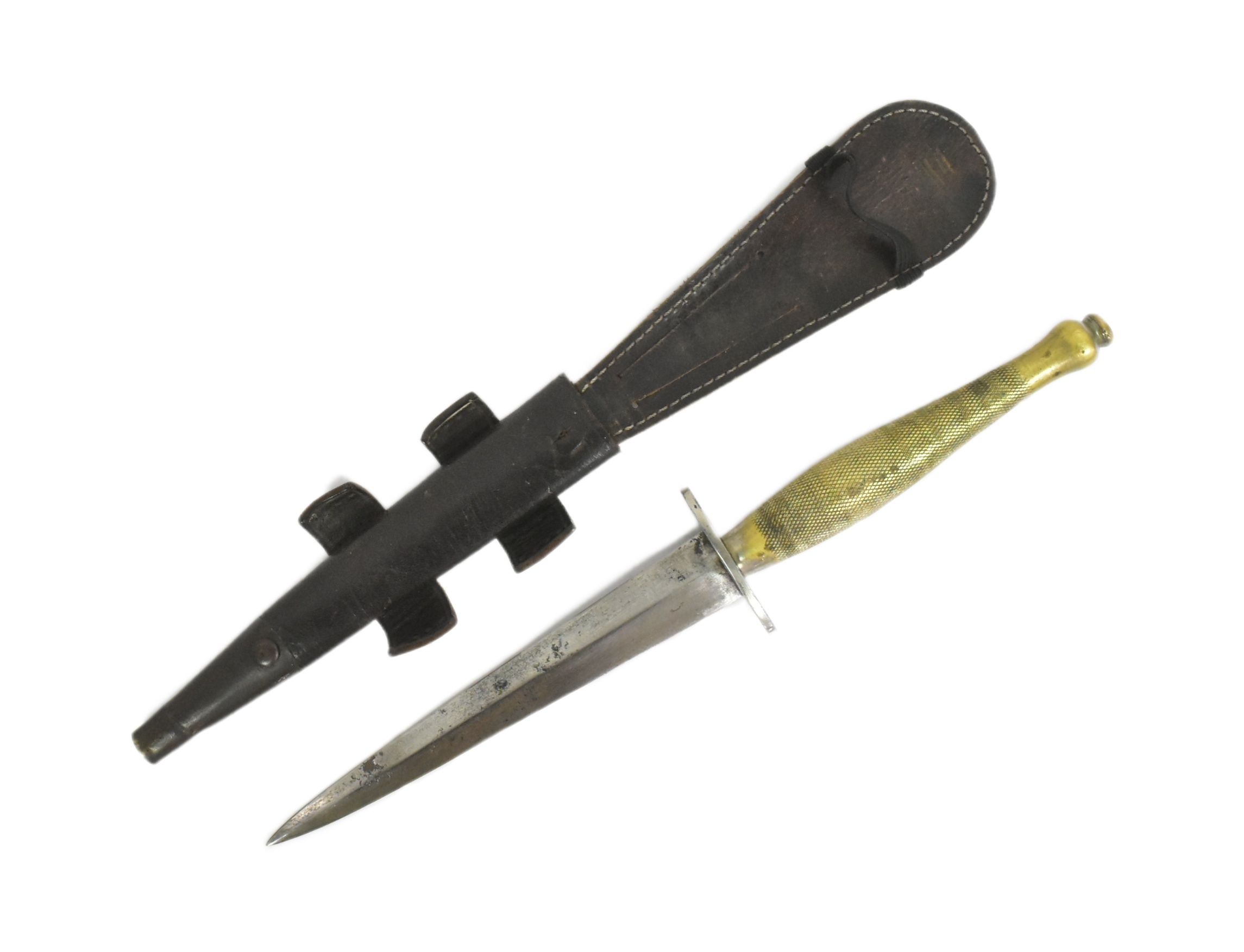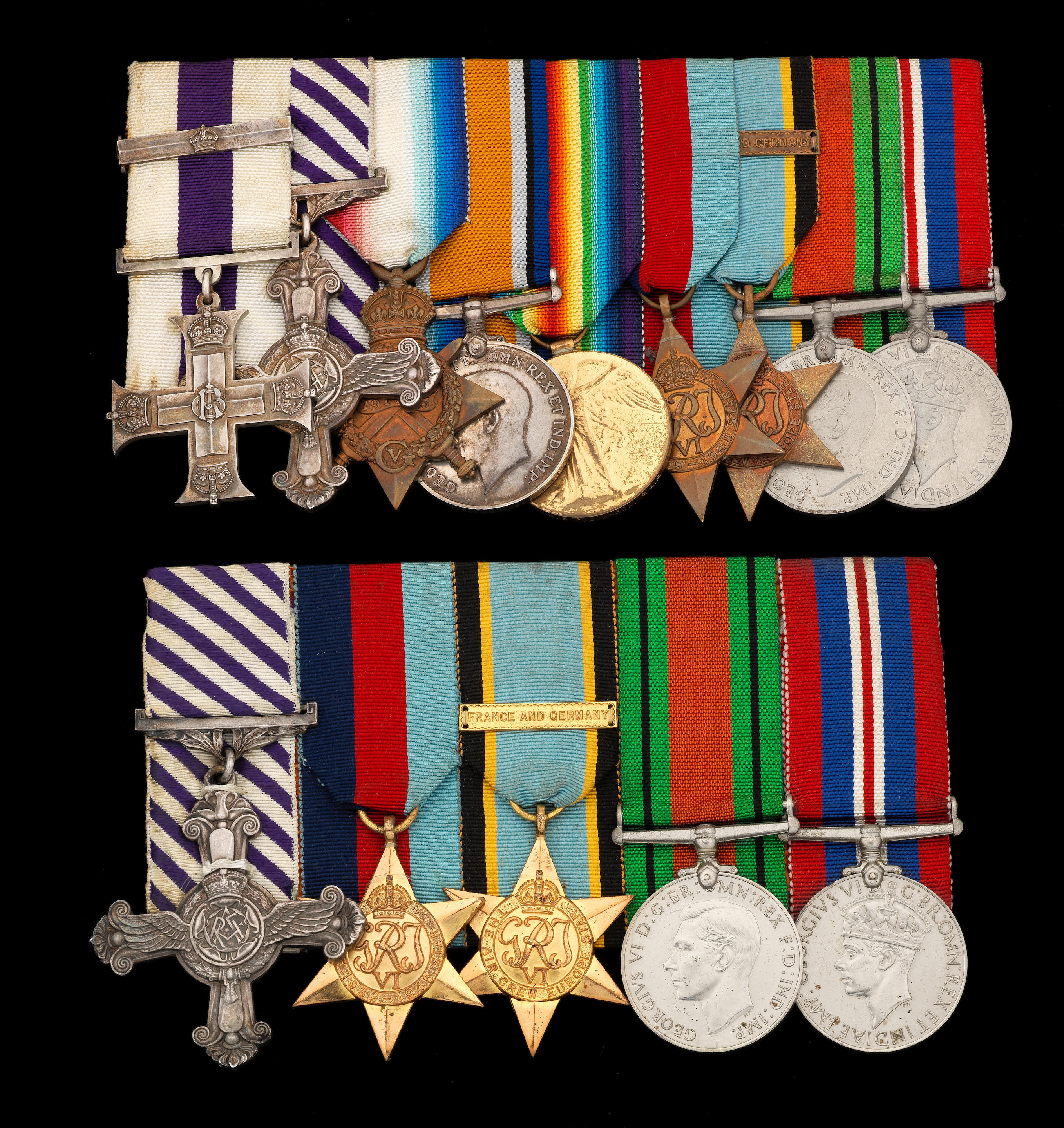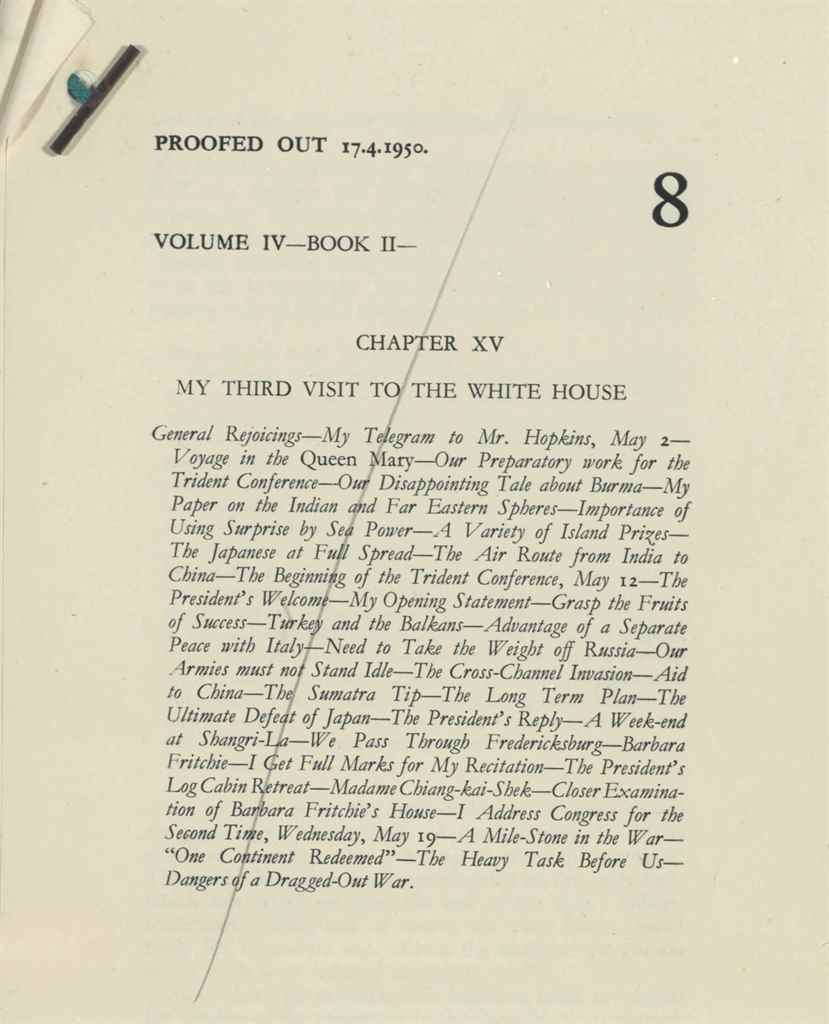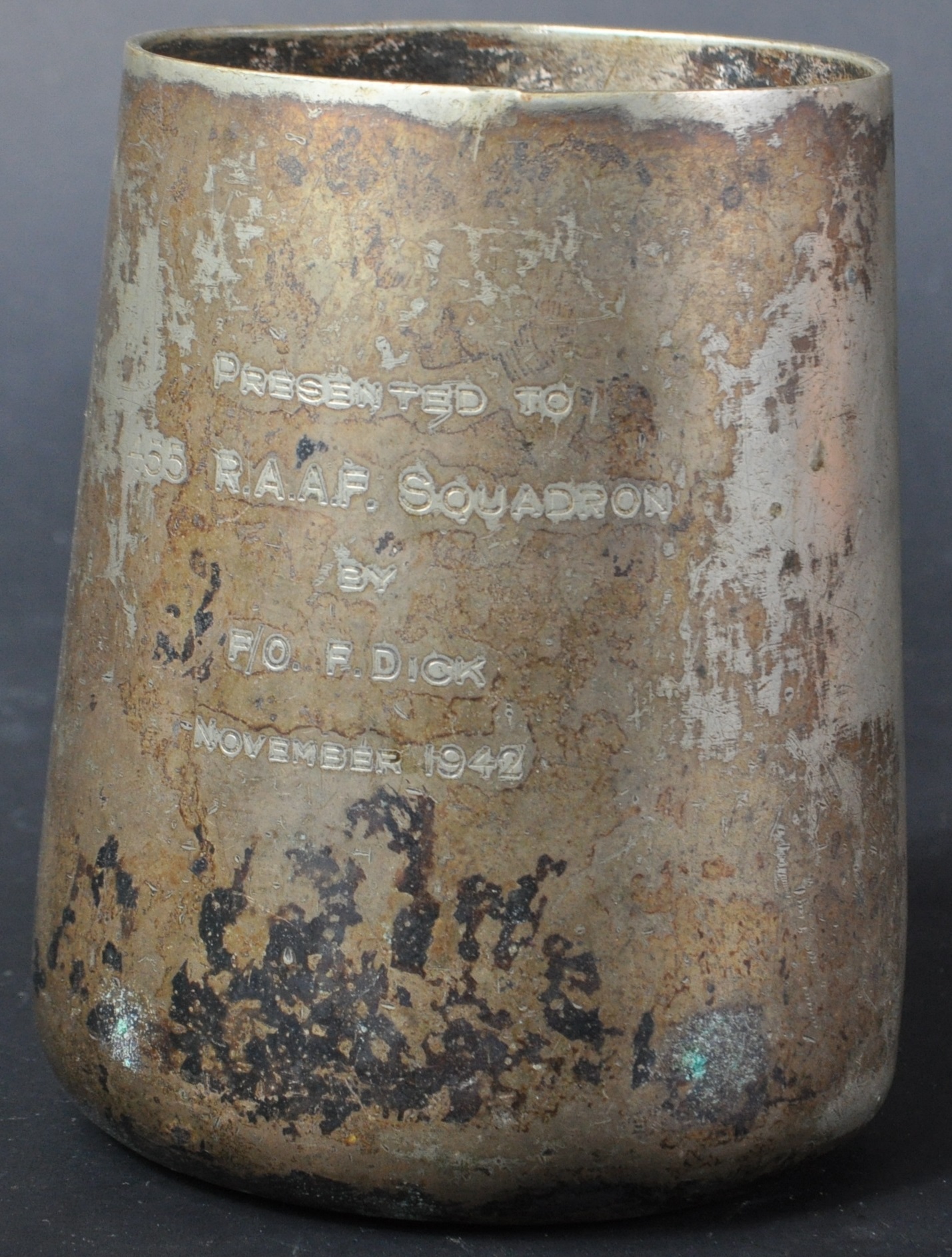An early Second World War submariner’s D.S.M., post-war B.E.M. group of eight awarded to Engine Room Artificer 1st Class R. J. Marriott, Royal Navy Distinguished Service Medal, G.VI.R. (M. 24898 R. J. Marriott, E.R.A. 1, R.N.), officially re-impressed naming; British Empire Medal (Military) G.VI.R. (E.R.A. Cl. 1 Richard J. Marriott, D.S.M., D./M. 24898); British War Medal 1914-18 (M. 24898 B. Art., R.N.); 1939-45 Star; Atlantic Star; Defence and War Medals; Royal Navy L.S. & G.C., G.V.R., coinage bust (M. 24898 E.R.A. 2, H.M.S. Medway), the third and last with contact wear, about very fine, the remainder good very fine and better (8) £1200-1500 Footnote D.S.M. London Gazette 1 January 1941. B.E.M. London Gazette 14 June 1945. Richard John “Skips” Marriott, who was born in June 1901 and who came from St. Ives, was decorated for services in H.M. submarine Sea Lion in 1940. He had entered the submarine branch in February 1928, was advanced to C.E.R.A. 1 in July 1934 and joined the Sea Lion in September 1938. According to one of his contemporaries, he was ‘one of the most remarkable characters in Sea Lion ... a tall, saturnine submarine E.R.A. of the old school, with a highly developed sardonic humour. At sea he wore a peculiar headgear of his own invention, a long oblong of cardboard twisted into strange shapes and stuffed into a dirty old navy-blue balaclava, and when he walked through the control-room on his way to the engine-room, with his loping gait and eyes twinkling in a dead-pan face, he might have been a crafty old monk straight out of the pages of Boccaccio. Sometimes in harbour when it was my turn to be duty officer in the boat, I would join the E.R.As in their mess so that I could listen to some of old “Skip’s” yarns ...’ Marriott was also something of a poet, several verses - recounting the tragic loss of nine out of 12 swordfish class submarines in the early months of the war - being discovered inked on the inside of his Engine Room Register. According to the same contemporary, his work was ‘fatalistic but far from defeatist.’ Soon after the advent of hostilities, Sea Lion commenced war patrols off the Scandinavian coast. One of her early victories was the S.S. August Leonhardt, torpedoed in the Kattegat on 11 April 1940, but, as captain and crew quickly discovered, the enemy’s retaliation was often swift and accurate. Evidence of this can be found in the following account of Sea Lion ‘s eighth war patrol in July 1940 (Lieutenant-Commander P. K. Kemp’s H.M. Submarines refers): ‘Much the same sort of experience came the way of the Sea Lion, under the command of Lieutenant-Commander B. Bryant, who was later to make a great name for himself when in command of the Safari in the Mediterranean. Like the Tetrarch, he had been hunted all day after a successful attack on a large supply ship. Like her, too, he was put down that night as soon as he came to the surface to charge his batteries and ventilate the boat. The similarity did not end there, for the Sea Lion also found a heavy layer of water on which she could lie without movement. It was after this that the similarity ended. For when the Sea Lion surfaced, she was not alone. The hunting craft sighted her and once again she was heavily attacked. The depth charges damaged her hydrophone and it was nearly 11 p.m. before it could be repaired and the men below could listen once again to the movements of the vessels above her. Just as it was repaired, they could hear the hunting craft moving off. At midnight, with all quiet above, the Sea Lion was able to come up in safety to ventilate and to charge her batteries. By that time she had been submerged for 45 hours. All that night, in pitch darkness, the crew worked to repair the damage caused in the attacks on her. By daylight they had succeeded in making the boat fully seaworthy again. She closed the Norwegian coast and there sighted a large ship that had run shore. To make sure, Bryant hit her with a torpedo as she lay on th
An early Second World War submariner’s D.S.M., post-war B.E.M. group of eight awarded to Engine Room Artificer 1st Class R. J. Marriott, Royal Navy Distinguished Service Medal, G.VI.R. (M. 24898 R. J. Marriott, E.R.A. 1, R.N.), officially re-impressed naming; British Empire Medal (Military) G.VI.R. (E.R.A. Cl. 1 Richard J. Marriott, D.S.M., D./M. 24898); British War Medal 1914-18 (M. 24898 B. Art., R.N.); 1939-45 Star; Atlantic Star; Defence and War Medals; Royal Navy L.S. & G.C., G.V.R., coinage bust (M. 24898 E.R.A. 2, H.M.S. Medway), the third and last with contact wear, about very fine, the remainder good very fine and better (8) £1200-1500 Footnote D.S.M. London Gazette 1 January 1941. B.E.M. London Gazette 14 June 1945. Richard John “Skips” Marriott, who was born in June 1901 and who came from St. Ives, was decorated for services in H.M. submarine Sea Lion in 1940. He had entered the submarine branch in February 1928, was advanced to C.E.R.A. 1 in July 1934 and joined the Sea Lion in September 1938. According to one of his contemporaries, he was ‘one of the most remarkable characters in Sea Lion ... a tall, saturnine submarine E.R.A. of the old school, with a highly developed sardonic humour. At sea he wore a peculiar headgear of his own invention, a long oblong of cardboard twisted into strange shapes and stuffed into a dirty old navy-blue balaclava, and when he walked through the control-room on his way to the engine-room, with his loping gait and eyes twinkling in a dead-pan face, he might have been a crafty old monk straight out of the pages of Boccaccio. Sometimes in harbour when it was my turn to be duty officer in the boat, I would join the E.R.As in their mess so that I could listen to some of old “Skip’s” yarns ...’ Marriott was also something of a poet, several verses - recounting the tragic loss of nine out of 12 swordfish class submarines in the early months of the war - being discovered inked on the inside of his Engine Room Register. According to the same contemporary, his work was ‘fatalistic but far from defeatist.’ Soon after the advent of hostilities, Sea Lion commenced war patrols off the Scandinavian coast. One of her early victories was the S.S. August Leonhardt, torpedoed in the Kattegat on 11 April 1940, but, as captain and crew quickly discovered, the enemy’s retaliation was often swift and accurate. Evidence of this can be found in the following account of Sea Lion ‘s eighth war patrol in July 1940 (Lieutenant-Commander P. K. Kemp’s H.M. Submarines refers): ‘Much the same sort of experience came the way of the Sea Lion, under the command of Lieutenant-Commander B. Bryant, who was later to make a great name for himself when in command of the Safari in the Mediterranean. Like the Tetrarch, he had been hunted all day after a successful attack on a large supply ship. Like her, too, he was put down that night as soon as he came to the surface to charge his batteries and ventilate the boat. The similarity did not end there, for the Sea Lion also found a heavy layer of water on which she could lie without movement. It was after this that the similarity ended. For when the Sea Lion surfaced, she was not alone. The hunting craft sighted her and once again she was heavily attacked. The depth charges damaged her hydrophone and it was nearly 11 p.m. before it could be repaired and the men below could listen once again to the movements of the vessels above her. Just as it was repaired, they could hear the hunting craft moving off. At midnight, with all quiet above, the Sea Lion was able to come up in safety to ventilate and to charge her batteries. By that time she had been submerged for 45 hours. All that night, in pitch darkness, the crew worked to repair the damage caused in the attacks on her. By daylight they had succeeded in making the boat fully seaworthy again. She closed the Norwegian coast and there sighted a large ship that had run shore. To make sure, Bryant hit her with a torpedo as she lay on th









/30965/Internet%20Image%201.jpg)
.jpg)


/96422/Internet%20Image%201.jpg)

Testen Sie LotSearch und seine Premium-Features 7 Tage - ohne Kosten!
Lassen Sie sich automatisch über neue Objekte in kommenden Auktionen benachrichtigen.
Suchauftrag anlegen